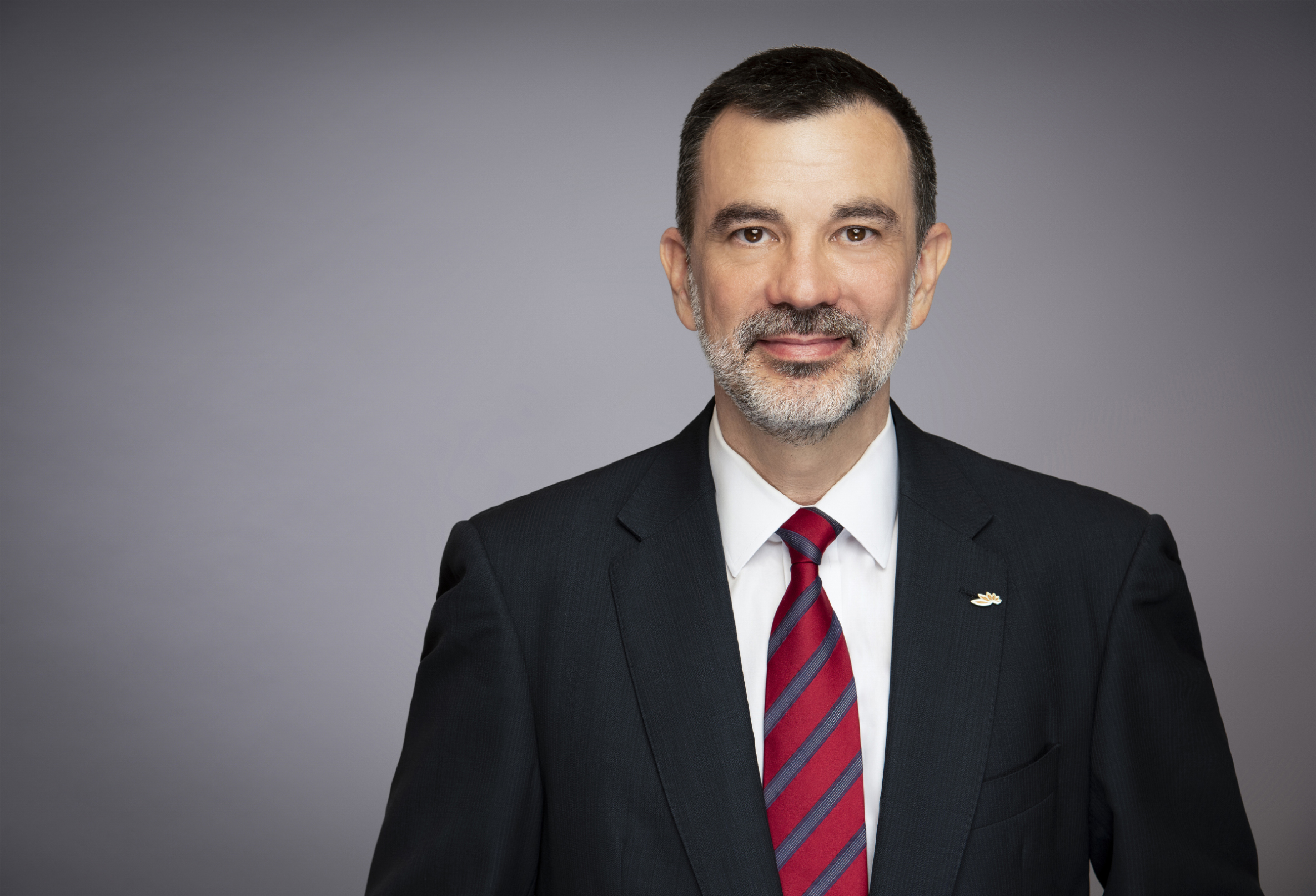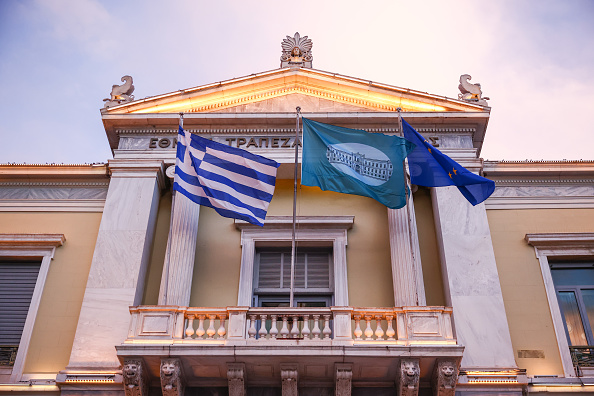 |
|
|
BELT AND ROAD |
|
In this respect China would do well to look at Mattala Rajapaksa International Airport in Sri Lanka as a reminder of what not to do.
The airport has a lot going for it: long runways, decent facilities, trained staff. There is just one thing it is missing: passengers.
Even on a good day fewer than 100 of them pass through; on a bad day, it has no one at all. At the time of writing, it was served by just one international airline, FlyDubai, and a domestic carrier called Cinnamon Air flying to Colombo.
Mattala, in southeast Sri Lanka, is a long way from China, but still represents a cautionary tale for the Chinese because Export-Import Bank of China put in $190 million of the total $209 million cost (some sources say $247 million out of $272 million – either way, the lion’s share). China was backing then-president Mahinda Rajapaksa’s vision to transform Sri Lanka’s Hambantota district (a port and a cricket stadium followed in the same area, both with Rajapaksa in their name), which happens to be where Rajapaksa is from.
One assumes Eximbank’s due diligence unearthed the fact that Hambantota is a rural region with a poor population of 23,000, so China must have had other reasons for investing in it. Although the project predates Belt and Road (it opened in March 2013), one has to assume it was linked to the broader idea of Chinese regional trade and the 21st Century Maritime Silk Road, the sea-borne arm of Belt and Road.
Viability
 |
China was not responsible for the fact that the seven routes per day that operated through the airport in March 2013, Beijing and Shanghai among them, were swiftly axed. Nor could they perhaps have realized that Sri Lanka’s change of government to Maithripala Sirisena, in 2015, would lead to a backlash against China-backed projects like this and to Sri Lankan Airlines being given permission to cancel flights to Mattala and close its hub there.
But the airport was only a part of a rumoured $5 billion or more in Chinese soft lending to the Rajapaksa administration, which was surely more politically directed than it was ever economically viable.
There is something to be said for the ‘if you build it, they will come’ model of infrastructure development; much of Mahathir-era Malaysia was built this way. But it has not worked at Mattala, where elephants have been known to wander into the airport grounds and where its very emptiness has made it a tourist attraction in its own right – increasingly, the only reason anyone goes there.



